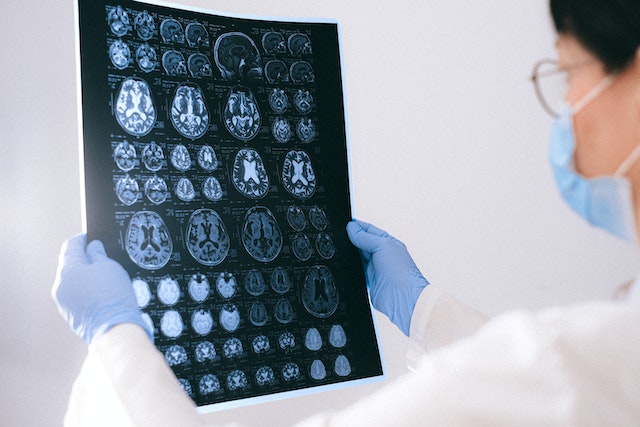A type of mild traumatic brain injury, a concussion can occur when the brain is jarred due to a blow, bump, or jolt to the head. Concussions can be caused by many things, often falls, a hit to the head, or a sports injury. However a concussion occurs, it’s important to understand the signs and symptoms of one in order to pursue appropriate concussion treatment.
Treatment for a concussion looks different for everyone. Although invisible, this type of traumatic brain injury is serious and may cause long-term effects that impact the way the brain functions. This can cause cognitive deficits that impact a patient’s life, work, or education.
If you or a loved one have suffered a mild traumatic brain injury like a concussion, it’s important to consider your options for recovery. Keep reading to learn more about concussion symptoms, how long they last, and where to find long-term concussion treatment and care.
Concussion recovery times
Recovery times vary, even for mild concussions. However, most healthcare professionals agree that typical, mild concussion symptoms will resolve between one to two weeks. However, caution is always advised for those participating in sports or high-impact physical activities. Take extra care and attention when returning to your normal routine, as you may still be in one of the following three concussion recovery time phases.
Acute Phase
The acute phase occurs during the initial one to two weeks following a concussion injury. You may experience symptoms like headaches, memory and focus issues, problems concentrating, visual impairment or light sensitivity, and more.
Physical and mental rest are extremely important for the healing process since the brain is in a fragile state. You can help decrease some mental strain by avoiding screen-time like video games, texting, watching TV, and computer use. Additionally, decreasing work and homework can be beneficial to ensuring the brain is resting during this time.
Physical rest is just as important as mental rest. Physical activity should only be cleared by a healthcare provider since any additional injury to the brain could result in a life-threatening situation. Called second impact syndrome, this event occurs when even a minor second blow to the head happens before the initial concussion is fully healed.
Recovery Phase
After initial concussion symptoms start to subside, and post-concussion neurocognitive test scores show improvement, you’ll enter what’s called the “recovery phase.” Although the time frame is different for every patient, the recovery phase typically begins a few weeks following a concussion.
You can start to return to your normal schedule during the recovery phase, but there’s a few things to keep in mind. It’s important to keep monitoring symptoms like learning speed, memory, attention, and mental processing. It’s normal to experience some difficulties as your brain continues to heal, however, long-term chronic issues can sometimes occur.
Chronic Phase
If you are still dealing with cognitive functioning impairments weeks, months, or even years after a concussion, you may still be in the last recovery phase of a concussion. This long-lasting chronic phase often significantly impacts the lives of those who have suffered from mild to acute traumatic brain injuries. Chronic cognitive deficits caused by concussions can even increase the risk of other long-term degenerative diseases like dementia or chronic traumatic encephalopathy.
It’s important to find the right care and treatment for long-term concussion symptoms. If you or a family member are suffering from chronic concussion symptoms, contact The Hartman Center to find out about concussion and mild traumatic brain injury treatment options.
